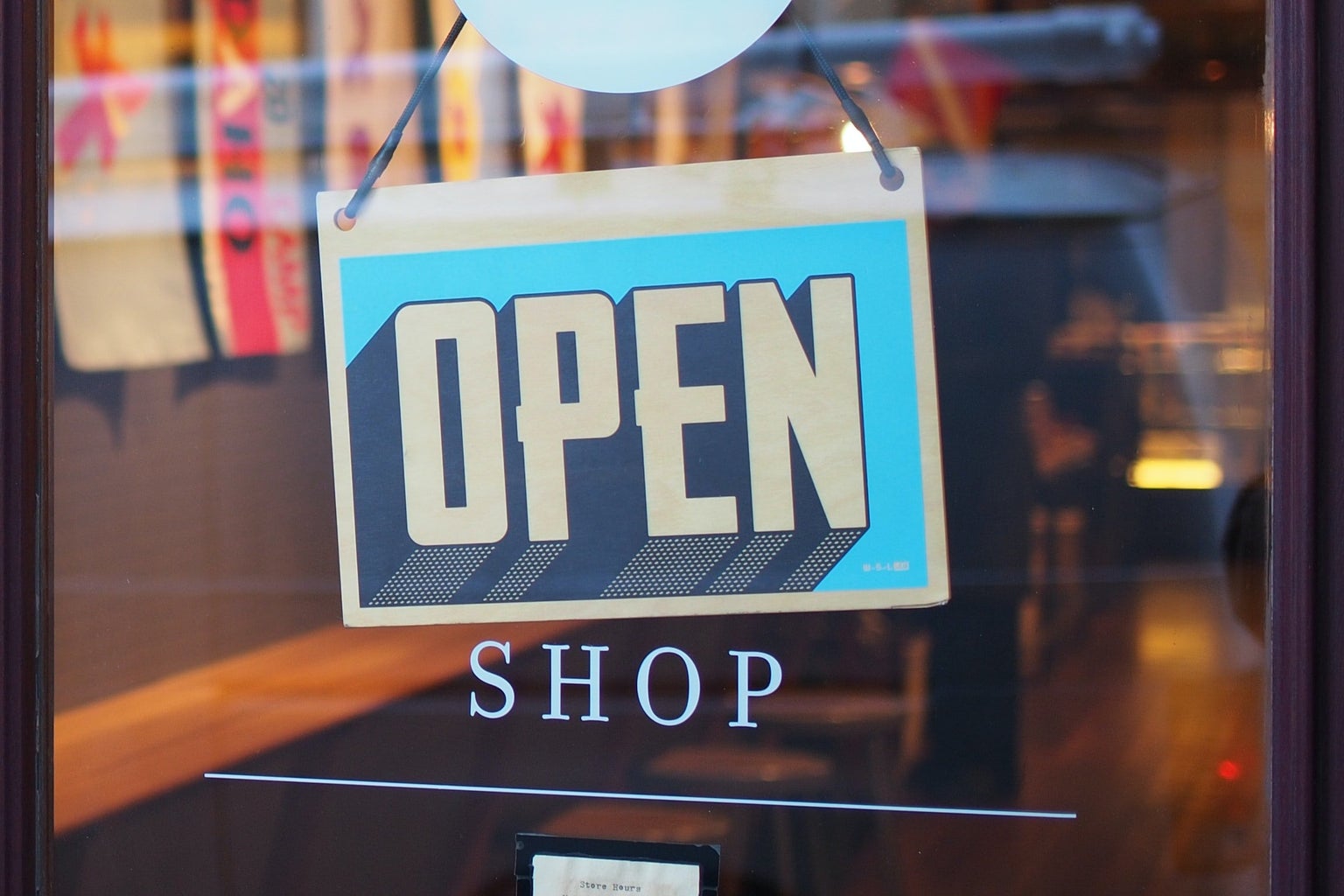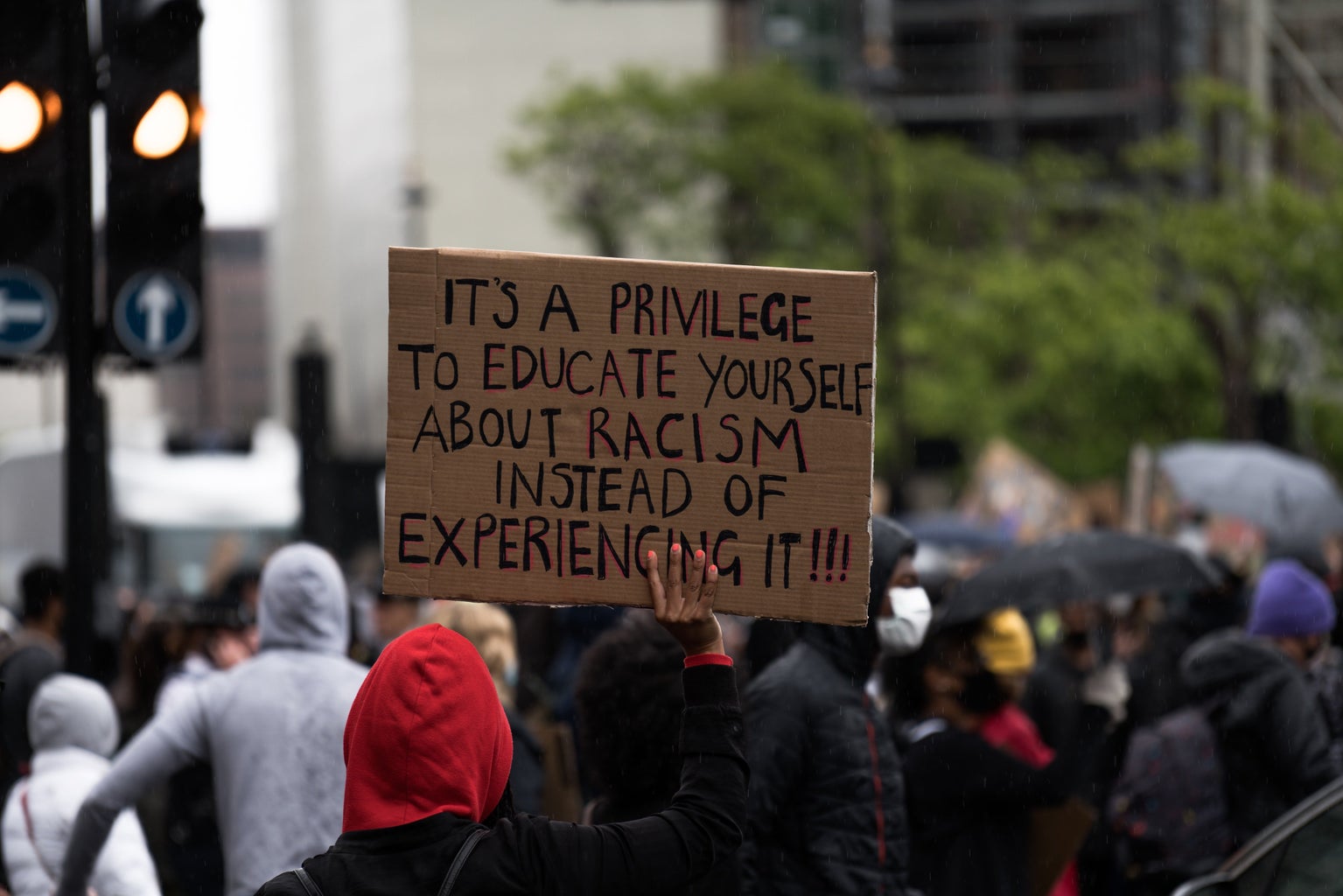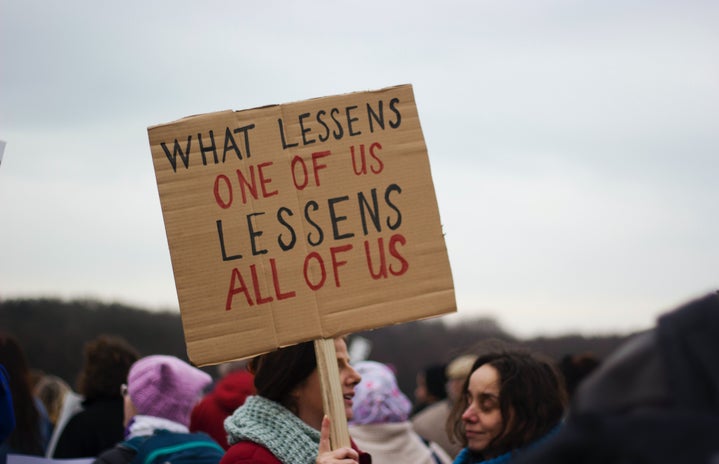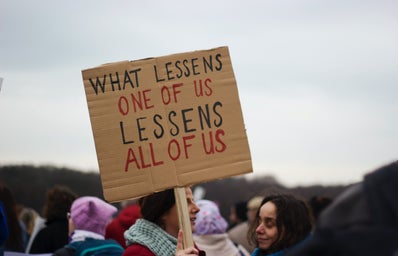To continue shedding light on important AAPI experiences, I wanted to write this piece as a homage to my mother in the hopes of encapsulating a portion of the much broader scope of life for the community of AAPI immigrants living in America. Though each person’s story is nuanced and therefore personal, there also exists a certain level of similarity in their shared struggles, which has the power to bond different communities together. Through the awareness we gain from listening to the experiences of those around us, we are able to understand and appreciate the sheer strength and resilience that ultimately defines the lives of AAPI’s.
My mother was born in Vietnam, one year before the end of the war between the north and south. Her experiences in early life were similar to many low-income southern refugees amidst the political unrest and violent outbreaks ravaging the country at the time. Notable enough was her life from birth to the day she set foot in America for the first time alongside my uncle and grandparents, but even more so was her experience in America after immigration. It’s a known fact that the reception of immigrants in America could be wildly improved, yet the reality strays very far from that knowledge. The hostility, discrimination, condescension, racism and fear that is directed towards people the country collectively considers as non-white is very real and has historically defined the experiences of those coming to America. What makes things especially ironic is the classic promise of “the American dream”, which, not only does not exist, but its unattainability then becomes clearer by the day to people like my mother as she begins to settle in America.

Throughout the years, my mother has sparingly shared with me her immigration experiences, which I’ve guessed to be due to her not wanting to think about or relive those days over again. In the instances that she does mention something, she strongly accounts for what it was like for her to be young, female and an immigrant in American society. She notes the open patronization her American counterparts had towards her in places like the line at a supermarket, at the DMV, in school and even in the workplace. The language barrier impeded her success in trying to find education and work until she turned to the nail trade.
For many Vietnamese immigrants in America, the nail trade serves as one of the only accessible ways to make a living for themselves due to their language barrier. This is especially true for Vietnamese immigrant women, who are at a disadvantage with their native-born peers and face both discrimination and the pressure of contributing to a low-wage job that fits the niche of “women’s work”. My mother reminisced her feelings of fear and apprehension early in her journey of becoming a nail tech because she knew her ethnicity and language barrier carried the likelihood of her experiencing racial discrimination and professional rejection, which may hinder her prospect of job security. Even so, she became a licensed nail technician at the Redondo Beach Beauty and Cosmetology College and was later transferred to go work at a salon in Hawthorne, California. Though the salon hosted numerous immigrant Vietnamese technicians, my mother explained to me that the ones that spoke the best English would receive the most clients and the least amount of customer complaints. My mother spoke broken English and received unparalleled racist remarks from white clients, one of which she remembered to have forcefully snatched her hand away and said, “I don’t want someone like you to touch me.” Despite having been previously naturalized as an American citizen, my mother did not feel ‘American’ because of the consistent discriminatory backlash she received at work. Only when her English improved throughout her years in the field did she receive relief from being a target. Unfortunately, what my mother had to endure in her first few years of being a nail tech in a predominantly white metropolis mirrors what many others like her have faced as well.

From just this account of what some in the AAPI community have endured in their time living in America, it’s clear to see that racism has been and will be the lead issue for BIPOC and their livelihoods in this country. For AAPI’s the “yellow peril” and foreigner racialization discourses have been deeply instilled and perpetuated for generations, starting with the very first instance of Asian immigration in the 19th century. Even today, we can see how widespread the “others” and “us versus them” mentalities are in the recent acts of violence and hate crimes targeted towards AAPI’s, along with the narratives that follow. The incessant attacks and issues of blame all share the components of American fear, hostility and racism towards the community, and even now, over a year after the first outbreak of Covid-19, some Americans still insist on calling the virus the “Chinese virus” or the “Kung-Flu”, which is a living testament to the unwavering existence racism, no matter how modern society has gotten.

Through the tiny glimpse into my mother’s story, I hope I have been able to play a part in immortalizing the strength and resilience of the AAPI community amidst the false promise of equality in America, a country that has strides and strides to make when it comes to just that. So, with that being said, it is in our personal duty to educate ourselves and spread awareness about the injustices that plague the community, while celebrating the inspiration that comprises it.



